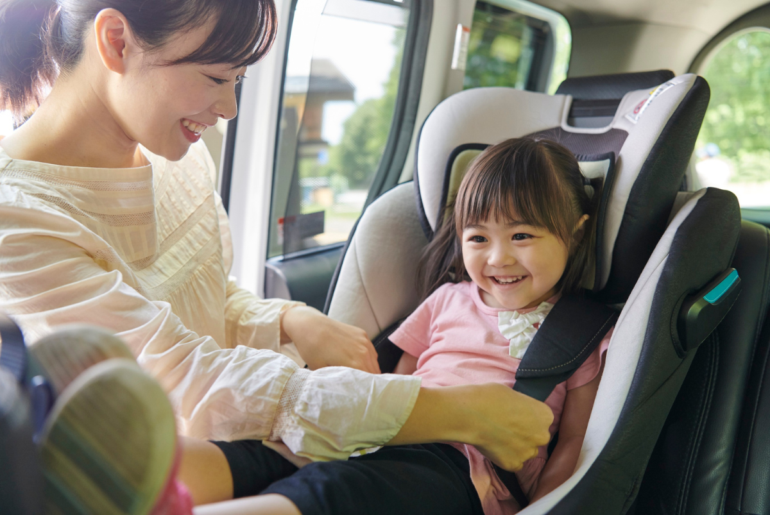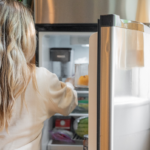As record heat hits the United States this summer, families are facing dangerous, potentially life-threatening conditions. For parents, this extreme weather brings extra safety concerns, especially around vehicles.
Even on a typical 80-degree day, the temperature inside a parked car can get up to 99 degrees in just 10 minutes. During a heat wave, that temperature rises even faster. What makes this especially concerning for families is that babies and young children heat up three to five times faster than adults do.
Understanding hot car incidents
Since 1998, more than 1,000 children in the U.S. have died from heatstroke after being left in vehicles. In 2025 so far, 15 children have died in hot cars. These tragedies don’t tend to happen because of neglect, but because of how human memory works. Research shows that stress, exhaustion, and changes in routine can interfere with our memory system responsible for helping us remember to carry out future tasks.
When that memory system breaks down, even the most attentive parents can lose awareness of a child in the backseat. Summer, with its different routines and extra mental load, creates particularly challenging conditions for our memory systems.
6 heat safety tips for parents
Heat safety isn’t about perfect parenting—it’s about creating simple systems that protect our kids even when we’re tired, stressed, or distracted. By building these small habits into our routines, we’re acknowledging that we’re human while keeping our children safe. Here are six heat safety tips to keep your kids safe this summer—
- Create a backseat check routine. Scan the backseat every time you exit your car, even if you know your kids aren’t with you.
- Put your phone or wallet in the backseat before driving. If your essentials are with your child, you’ll always have to check the backseat before you leave the car.
- Create backup systems. For example, when your routine changes (like when your partner does drop-off instead of you), ask your childcare provider to text if your child doesn’t arrive.
- Always lock your car—even in your own driveway. Store keys where small hands can’t reach them. These simple steps prevent a child from climbing into an unlocked car and becoming trapped.
- Water before thirst. Get ahead of dehydration by offering water regularly, not just when your child says they’re thirsty. By the time kids feel thirsty, they’re already starting to dehydrate.
- Talk to your child’s other caregivers about heat safety. You can say, “I know it’s hot out this week, so I wanted to review a few things we’re doing to keep [child’s name] safe.” Share these safety tips with them and ask them to review before they watch your child.
Recognizing the signs of heat stroke and heat exhaustion
Heat stroke and heat exhaustion can become serious quickly without proper intervention. When spending time in the heat with your kids, watch for the following warning signs of heat-related illness—
- Flushed cheeks or unusually warm skin
- Unusual fatigue or difficulty waking
- Irritability
- Fewer wet diapers than usual or dark yellow urine
- Dizziness or confusion in older children
- Rapid breathing or heartbeat
- Dry mouth or no tears when crying
- Vomiting or nausea
- Cool, clammy skin or lack of sweating despite the heat
If you notice these symptoms, move your child to a cool, shaded place—ideally indoors with air conditioning. Offer water, milk, or formula if they’re alert and able to drink, and loosen or remove excess clothing and gently sponge their skin with lukewarm water. If symptoms don’t improve quickly—or if your child becomes confused, sluggish, or stops responding—call your pediatrician or 911.







